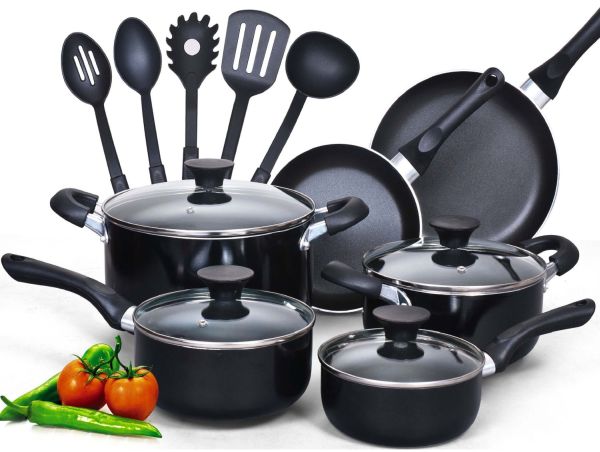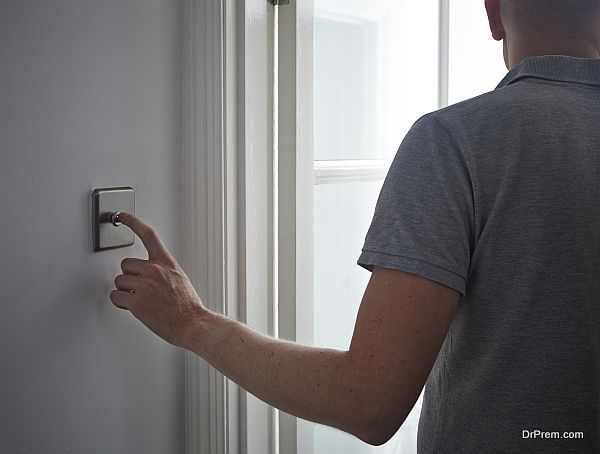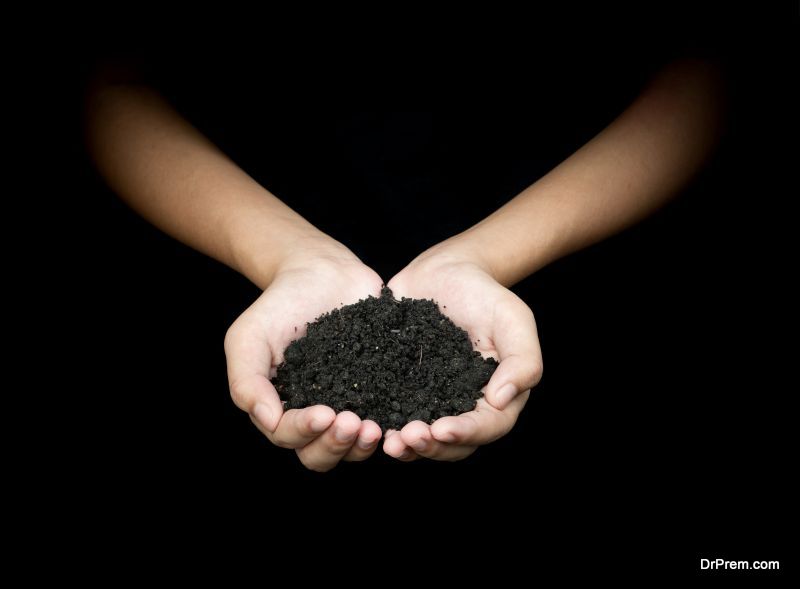More and more people are getting interested in going green when it comes to their lifestyle. After all, an eco-friendly lifestyle and home helps in saving the environment as well as the money in your wallet. Since one of the biggest sources of energy and water waste in one’s home is undoubtedly the kitchen, that should be the first room in your home to get a green makeover. This article presents various ways to go green, in no particular order, so keep on reading.
1. Go green with non-toxic durable cookware
You should never try to be frugal when it comes to your kitchen utensils and cookware. After all, going for quality in this case will pay off in the long run. Durable, top quality and sturdy cookware and utensils will last for years and years with no issues. Not tomention that choosing stainless steel or cast iron over Teflon is better for your health.
2. Choose the best stove
The debate regarding gas and electricity is still not over. Regardless of what type of stove you prefer – gas or electric – it’s important to find the most efficient stove for your needs and preferences. When it comes to gas, look for stoves that have the lower BTU output. When it comes to electricity, opt for those that use induction elements.
3. Look for energy-efficient appliances
If you can repair your old appliances when they break down, that’s great. But when the time comes to replace them, try looking into star-rated appliances. These are a lot more energy efficient compared to regular kitchen appliances. That way, you won’t waste as much energy as before and your electricity bills will drop as well.
4. Ditch hand washing
You may think that hand washing is bound to be greener compared to using a dishwasher, but that’s far from the truth. Hand washing wastes a lot more water compared to a dishwasher. If you want to get yourself a dishwasher, go for top quality Maytag dishwashers that will serve you well and last for years. What’s more, using a dishwasher will make things easier for you as well.
5. No faucet water waste
Even though you may start using a dishwasher, you will still need to use your faucet and kitchen sink from time to time. With that in mind, you can install special eco-friendly faucets or simply get a faucet head that will provide a low water flow.
6. Turn off the lights
If your kitchen is a busy room in your home where your household spends a lot of time and there’s always something going on aside from eating or cooking, it’s only logical that you’ll need to keep the lights on. Therefore, don’t hesitate to invest in LED lights. Moreover, you can use easily attachable LED strips for task lighting. To make sure that all the lights are turned off when no one’s in the kitchen, you can install motion sensors.
7. Buy what you need
Throwing away food or freezing/heating it time and time again is definitely not a green thing to do for anyone who intends to go green. To circumvent that, plan your meals in advance and buy exactly what you need. That way you will always have the freshest ingredients for cooking and you won’t waste any food!
8. Green cleaning
It goes without saying that you have to keep your kitchen clean. However, a dirty kitchen is not the only possible health hazard. Using cleaning agents that are full of chemicals and toxins is not only a direct threat to your and your family’s health, but those toxins damage the environment as well. Instead, you can buy or make natural, eco-friendly cleaning solutions.
9. Compost
If your goal is to reduce kitchen waste completely, you may want to make compost. If you have a garden that could use the humus, that’s great. But even if you don’t have one, you can give your compost to local farmers. Just remember, not everything can be used for compost, so pay attention to that.
10. Kitchen remodeling
In case you’re about to remodel your whole kitchen, you can start going green from scratch. For instance, some materials for kitchen floors and cabinets are more sustainable and eco-friendly than others. Look into cork, bamboo, recycled hardwood, linoleum and concrete for your remodeling project.
Going green is not something that you can do at once. It’s important to respect your own pace. You must change your general behavior and habits as well as your kitchen. Naturally, you should also do your best to promote and explain the importance of a green lifestyle to your family members, so that they can go green as well.
Article Submitted by Community Writer.





